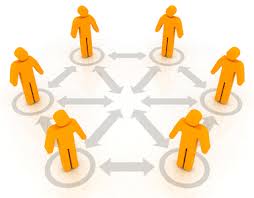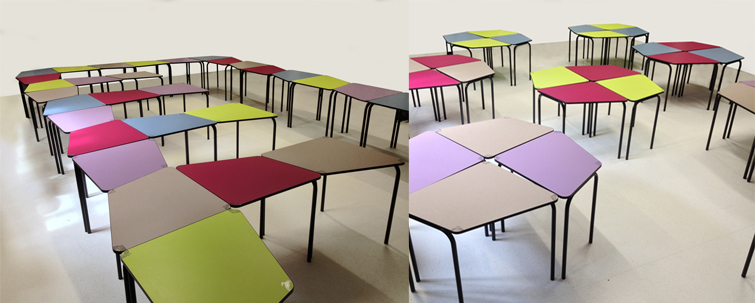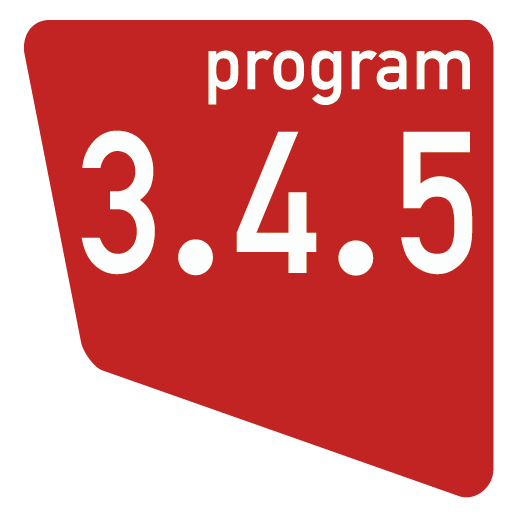I’m going to talk to you about peer learning, a new learning method that is becoming increasingly popular.
Peer learning: a modern teaching method with historical roots

Peer learning is all about “pupils learning from each other, the most capable serving as a teacher for the novice” (Joseph Hamel, L’enseignement mutuel, 1818).
Unlike traditional learning methods (a teacher who presents the same information simultaneously to the class as a whole), peer learning is based on active collaboration between pupils.
A typical “peer learning classroom” session is broken down into three sequences: a conceptual sequence headed by the teacher (= traditional teaching), then a peer sequence during which the pupils work freely, in groups and, finally a stock-taking sequence during which the work is corrected. Students can circulate freely in the classroom and all pupils have the possibility of being the “monitor”, in line with their knowledge and understanding of the subject under discussion.
In general, during peer learning, the pupils are more involved, more attentive.
Adapting school furniture to peer learning

Unlike a traditional classroom, peer learning methods call for students to sit around modular tables organised in variable configurations according to the subjects and the level groups. The educational tools that play the biggest role are the blackboard or the wall charts, around which the groups express themselves. The layout of the classroom is then adapted, set out in a “U” shape or in islands so as to encourage collaborative work between students.
School furniture is important in this method of school learning. It must be easily adjustable by the pupils themselves and allow for playful layouts that will correspond to the peer learning method.
Our school furniture range has been designed with peer learning in mind.
Interested in peer learning? Discover the 3.4.5. Program.
